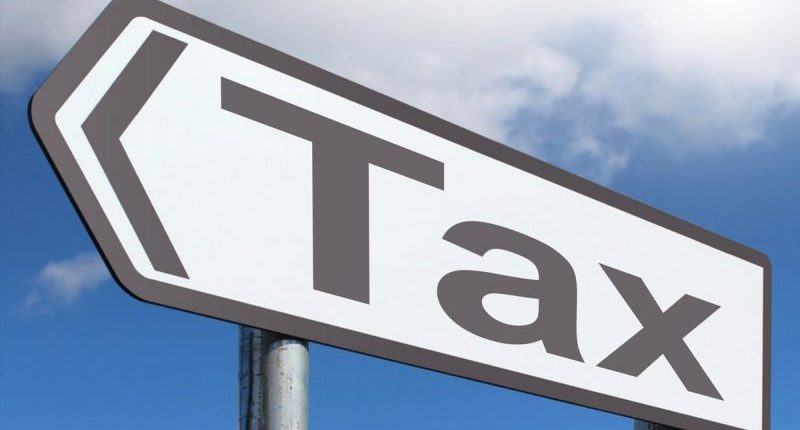Now that the deadline for filing the 2017-18 annual return has reached its final point, most taxpayers would have filed their returns. The point to be noted is, it is not the final step of closing FY 2017-18. The taxpayer’s concern is that after filing the annual return, there will be no additional opportunity to change the data. Let’s understand how to tackle the situations.
It has been found in various instances that the department invokes section 74 without following the conditions under which such notice may be given. The department can only go forward under section 74 in the case of fraud, misrepresentations and similar cases.
The department must also show the taxpayer’s intention to commit fraud where it is not possible to invoke section 74 because the department holds a different view from the taxpayer. For example, there is a disagreement as to whether or not an object is eligible for Input Tax Credit (ITC) and there is no clarity in the law; the department can not levy penalty u/s 74.
The taxpayers are concerned about Table 8 of GSTR-9. If the taxpayer had claimed more ITC than the one reflected in your GSTR-2A return, he has to get ready with ITC reconciliation. Automated notices are most likely to be served on such taxpayers. Now the question arises whether or not GST makes such excess argument of ITC. There are a few views that dominate.
The first view is that it is impossible to claim the credit in excess of GSTR-2A and 2. The other view is that GSTR-2A is not the definitive proof of ITC provision. Although the department was going to take the first view, different judgments favoured the latter. If the taxpayers have fulfilled all the conditions for availing of ITC, they can stick to the other view without doing any reversal.
Also Read: Instructions to file GSTR-9C-Reconciliation Statement by GSTN
Once the GSTR-9 and GSTR-9C have been filed, the department would surely work out the interest payable on late tax deposit with the government. Some taxpayers have been found to have charged the amount held in their electronic cash register, but have not set it against the tax liability.
The department would most likely raise the interest liability that the GST portal has failed to do. The taxpayer should make sure that he already paid the interest consistently along with tax. Otherwise, the taxpayer has to pay the interest in the future.
The taxpayers have to prepare themselves for the departmental audit post the submission of annual return. Most states are working hard to carry out the audits. It is most likely that a large number of taxpayers will be selected for audit based on different risk parameters.
It is in total contrast to the meagre 5% taxpayer audit promised when GST was introduced. The lack of revenue combined with the growing fake invoice industry forced the government to compensate as many taxpayers as possible. Provided the appropriate infrastructure is available to the government.
Under these circumstances, it is advisable that the taxpayers should take every precaution before and after the filing of GSTR-9/9C.
For any clarifications/feedback on the topic, please contact the writer at dvsr.anjaneyulu@cleartax.in
DVSR Anjaneyulu known as AJ, is a Chartered Accountant by profession. Loves to listening to music & spending time with family and friends.




